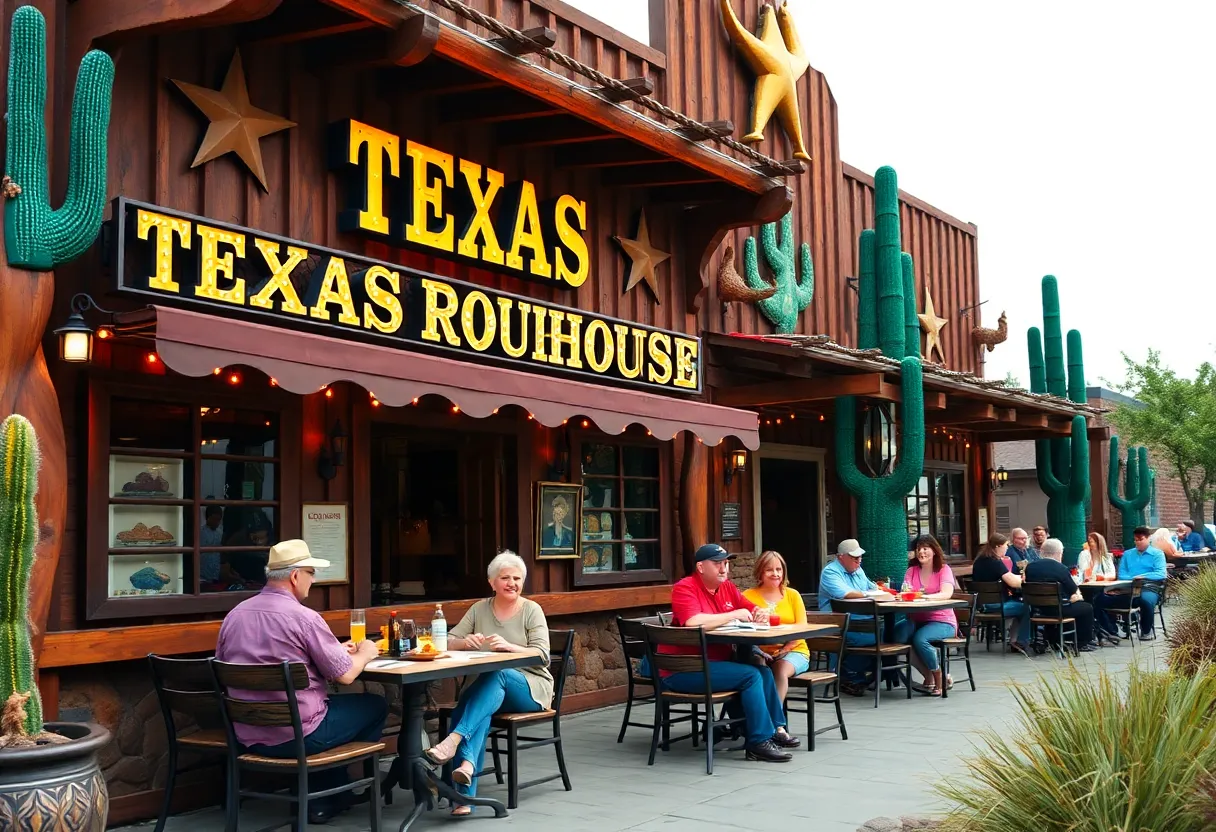What Are the Top 5 Home Construction Challenges Philadelphia Homeowners Face?
Philadelphia homeowners frequently confront unique challenges during home construction that require strategic planning and meticulous execution. Addressing these issues proactively can result in safer, more durable, and cost-effective residences. Below is an in-depth examination of the five most significant construction hurdles faced by residents of Philadelphia, along with practical insights to navigate them effectively.
1. Foundation Issues
Philadelphia’s geographic and climatic conditions heavily influence foundation stability. The city sits atop clay-rich soils that expand when saturated and contract during dry periods, creating continuous pressure on foundation structures. Such soil behavior complicates construction and increases the risk of settlement or cracking over time. The city averages between 35 and 54 inches of annual precipitation, which saturates these soils and escalates hydrostatic pressure. This pressure can force water through microscopic cracks, leading to internal damage or wall bowing. Additionally, repeated freeze-thaw cycles cause water in small cracks to freeze and expand, enlarging these fractures over time. Mature trees near homes compound these issues by their water absorption, drying out surrounding soil and causing differential settlement. Combatting foundation problems requires thorough soil assessments before construction, combined with proper waterproofing and effective drainage systems. Implementing these measures minimizes risks and prolongs structural integrity.
2. Water Intrusion and Moisture Problems
Water intrusion remains among the most persistent issues during Philadelphia home construction. Many older and new-build homes grapple with water infiltration, mainly due to subpar construction practices or defective materials. Homes built in the early 2000s, particularly around 2003–2005, often feature inadequate cladding, faulty house wraps, or poorly installed stucco, which allows water to seep inside. Excess moisture fosters mold growth, damages structural components, and deteriorates indoor air quality. Structural repairs can escalate expenses, sometimes exceeding six figures, if water damage persists untreated. Strict adherence to building codes that specify proper cladding, adequate flashing, and sealant application can greatly reduce water ingress. Ensuring these components are correctly installed and maintained is crucial in minimizing long-term moisture problems and preserving indoor health.
3. Structural Damage from Adjacent Construction
In densely populated neighborhoods, especially rowhome districts, activities like excavation or basement improvements pose risks to existing structures. Unpermitted or improperly coordinated work can lead to subsidence, cracks, or partial collapses. Notably in districts like Fishtown, unregulated basement excavations have resulted in incidents of collapsing walls and compromised neighboring properties. The impact underscores the importance of compliance with local building permits and safety standards. Homeowners should stay vigilant about neighboring projects and engage with local authorities to monitor adherence to safety protocols. Careful oversight and community engagement are essential to prevent damages stemming from adjacent construction activities.
4. Inadequate Drainage and Grading
Proper site grading and drainage systems are vital to protect foundations and prevent water pooling. In Philadelphia, improper grading can direct stormwater toward foundations rather than away from the building, increasing the risk of basement leaks and structural deterioration. Effective drainage solutions include installing gutters, downspouts, window wells, and underground piping designed to channel water away from the property. During construction, collaborating with experienced contractors familiar with Philadelphia’s soil and climate conditions is imperative. Precisely graded landscapes facilitate water runoff and help maintain the integrity of the foundation over time, especially during heavy storms or periods of rapid snowmelt.
5. Regulatory Compliance and Permitting Challenges
Navigating Philadelphia’s complex building codes and permitting process presents a significant challenge for homeowners. The city’s regulations are comprehensive, covering structural modifications, plumbing, electrical, and HVAC work. An oversight or failure to obtain the proper permits can lead to delays, fines, or the need to dismantle completed sections of construction. Starting any project without consulting the Philadelphia Department of Licenses and Inspections (L&I) increases the risk of compliance issues. Engaging licensed professionals who are versed in local building standards aids in submitting accurate plans and acquiring necessary permits. This proactive approach ensures that projects proceed smoothly, avoiding costly and time-consuming legal complications.
Frequently Asked Questions (FAQ)
What are the common causes of foundation issues in Philadelphia homes?
Foundation issues are primarily caused by Philadelphia’s clay-rich soils that expand when wet and contract during dry spells. Heavy rainfall and freeze-thaw cycles further worsen these conditions. Additionally, the presence of mature trees near homes can dry out the soil and induce settlement.
How can homeowners prevent water intrusion in their homes?
Prevention involves adhering to building codes that specify proper cladding, flashing, house wrap, and stucco installation. Ensuring these components are correctly installed and maintained reduces the risk of water penetration.
What steps can be taken to mitigate structural damage from adjacent construction?
Monitoring neighboring projects for permit compliance and engaging with local authorities help safeguard against damages. Proper communication and oversight ensure construction activities do not compromise nearby structures.
How can inadequate drainage and grading be addressed during construction?
Implement precise grading plans, install gutters, and incorporate drainage systems designed for Philadelphia’s climate. Working with experienced contractors ensures water is directed away from foundations, preventing future issues.
What are the key regulatory compliance and permitting challenges in Philadelphia construction?
Complex building codes and permit requirements can delay projects or lead to fines if not properly managed. Consulting with local authorities and licensed professionals ensures full compliance and smooth project progression.
Key Features of Construction Challenges in Philadelphia
| Challenge | Main Cause | Impact | Mitigation Strategy |
|---|---|---|---|
| Foundation Issues | Clay soil behavior, climate cycles, mature trees | Cracks, settlement, structural instability | Soil assessments, waterproofing, proper drainage |
| Water Intrusion | Poor construction practices, defective materials | Water damage, mold, indoor air quality issues | Robust cladding, correct flashing, sealed joints |
| Adjacent Construction Damage | Unpermitted work, inadequate oversight | Cracks, structural failure, partial collapse | Permit checks, community oversight, professional supervision |
| Drainage & Grading | Poor site planning, design flaws | Water pooling, basement leaks, foundation deterioration | Proper grading, effective guttering, drainage systems |
| Regulatory Compliance | Complex codes, permit requirements | Delays, fines, project rework | Early consultation, professional guidance, verified permits |
Author: STAFF HERE PHILADELPHIA WRITER
The PHILADELPHIA STAFF WRITER represents the experienced team at HEREPhiladelphia.com, your go-to source for actionable local news and information in Philadelphia, Philadelphia County, and beyond. Specializing in "news you can use," we cover essential topics like product reviews for personal and business needs, local business directories, politics, real estate trends, neighborhood insights, and state news affecting the area—with deep expertise drawn from years of dedicated reporting and strong community input, including local press releases and business updates. We deliver top reporting on high-value events such as Mummers Parade, Philadelphia Flower Show, and Thanksgiving Day Parade. Our coverage extends to key organizations like the Greater Philadelphia Chamber of Commerce and United Way of Greater Philadelphia, plus leading businesses in telecommunications, food services, and healthcare that power the local economy such as Comcast, Aramark, and Children's Hospital of Philadelphia. As part of the broader HERE network, we provide comprehensive, credible insights into Pennsylvania's dynamic landscape.





